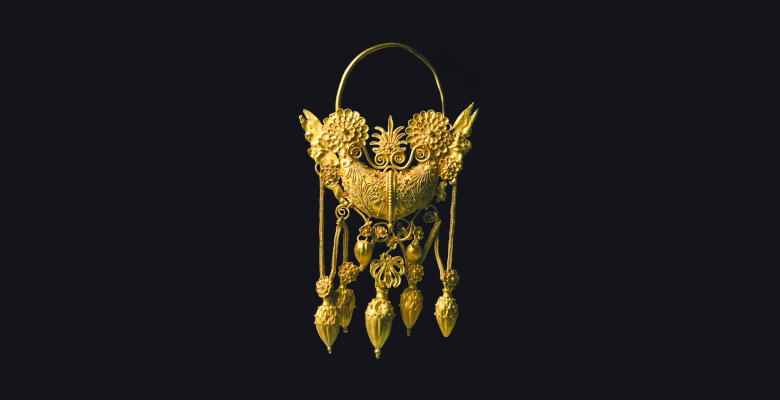03.06.2019
Discovering the treasures of the MARTA, the National Archaeological Museum of Taranto.
The great wealth of Puglia lies in its history and its roots, where each era has contributed significant changes. For example the Messapic age, which began around the eighth century BC, radically changed the appearance and organisation of Salento, strengthening the urban settlements and leaving traces that can be seen today in archaeological sites and in the collections of the most important museums in Puglia.
First and foremost, the MARTA –National Archaeological Museum of Taranto is a treasure chest of inestimable value, a must for all lovers of ancient history and great beauty. Among the most important museums in the world for the collections of the Magno-Greek era, this "agorà" of history and culture was established in 1887 in the ancient Convent of the Alcantarine Friars where the structure and the museum exhibition have undergone significant restorations and alterations up to the last setup of 2007-2016. Going through the exhibition, the eye is inevitably captivated by the Greek, Roman and Apulian collections, the result of over a century of archaeological research in Puglia.
The famous "Golden jewels of Taranto" are from the Hellenistic-Roman period and testify to the highly refined craft of Taranto’s goldsmiths in the Hellenistic period. Certainly, they have made the MARTA famous all over the world. Another renowned feature is the collection of polychrome terracotta figurines and figured ceramic vases found in the Greek-Roman necropolis. On the second floor it is possible to admire a copy of Persephone on the throne; the original, stolen in 1912, is today in Berlin, the prestigious Zeus of Ugento and the athlete's sarcophagus with skeleton and amphorae. The splendour of the city after the Roman conquest is testified by sumptuous marble furnishings, statues and refined floor mosaics from luxurious private and public facilities of the imperial age. Private collections are exhibited along the aisles on the first floor and the hall on the second level, where a small art gallery hosts the Ricciardi Collection, consisting of baroque canvases with religious subjects.
A place where visitors can wonder and come out enriched with a new awareness, because Puglia is also this: a generous land of ancient history and timeless charm.



